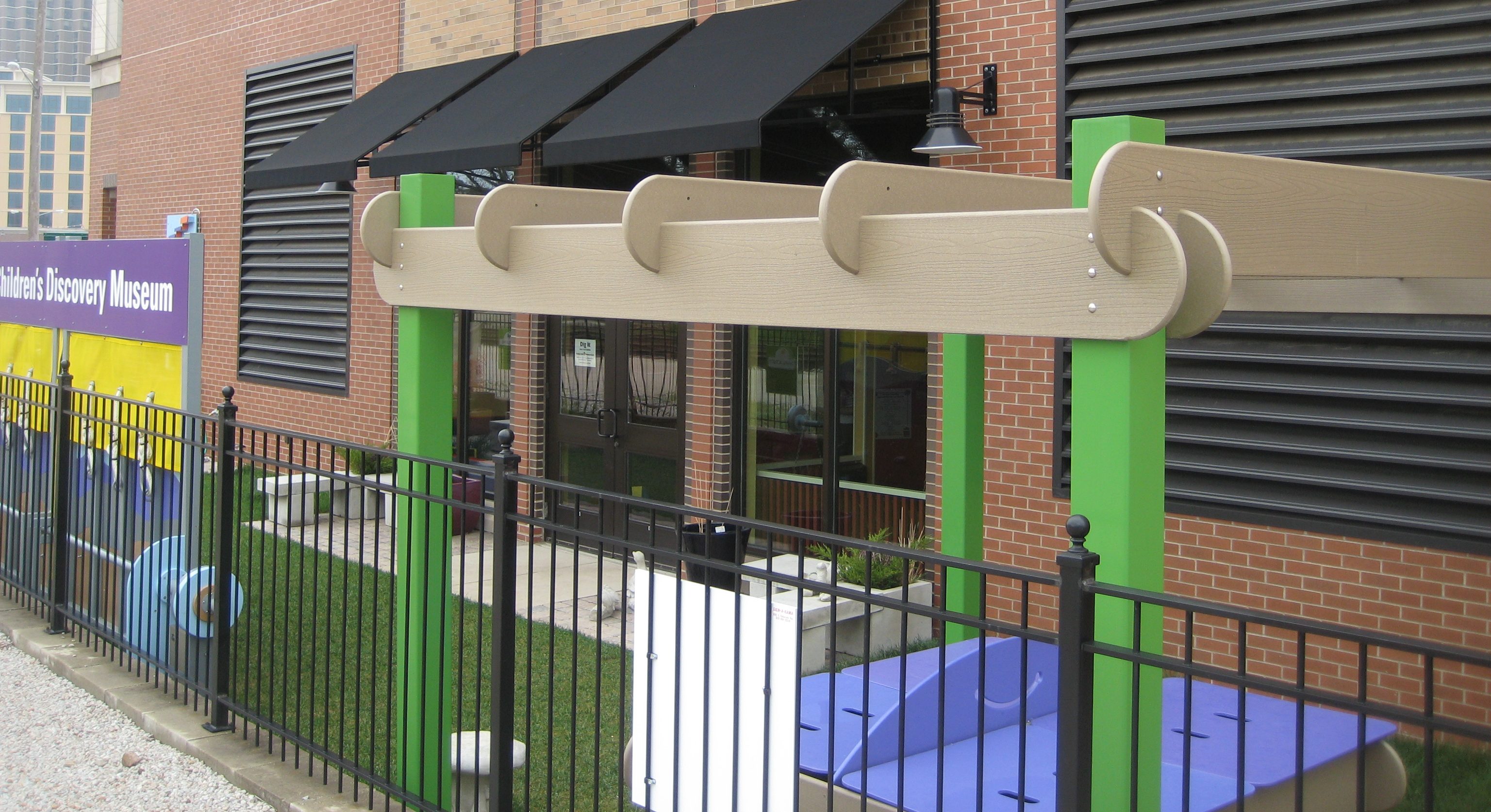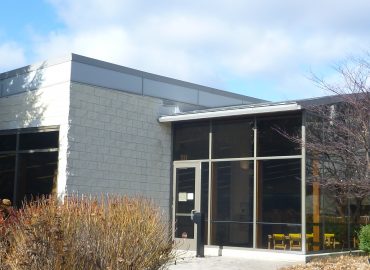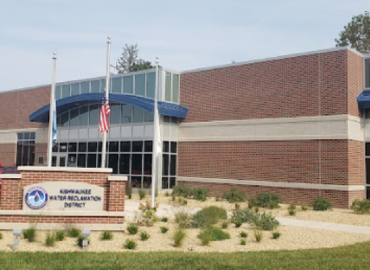It was a building energy mystery - a beautiful new 34,000 square foot museum facility that was using twice as much energy as it should. Built in 2004 at a cost of $5.3 million, it was designed with energy efficiency in mind. But for reasons that building operators could not explain, the utility bills were one and a half times the expected electricity usage, and more than twice the expected natural gas usage.
The owners paid $49,000 for utilities in 2005, the first year the building was open. The second year they paid $52,000. Energy prices climbed, and by 2008 they were paying almost $79,000 for gas and electricity, or $2.38 per square foot per year. This amount was much more than the museum expected, especially since the computer energy model built for LEED certification predicted energy bills would be about half this number, or $45,000 per year at 2008 energy prices.
It was obvious something was not working correctly. Staff were often uncomfortable in the building and reported spaces were either too hot or too cold. After five years of climbing expenses and comfort complaints, the building management turned to the Smart Energy Design Assistance Center (SEDAC) for help.
Read the entire Childrens Discovery Museum Case Study to find out how SEDAC helped to solve the mystery.





